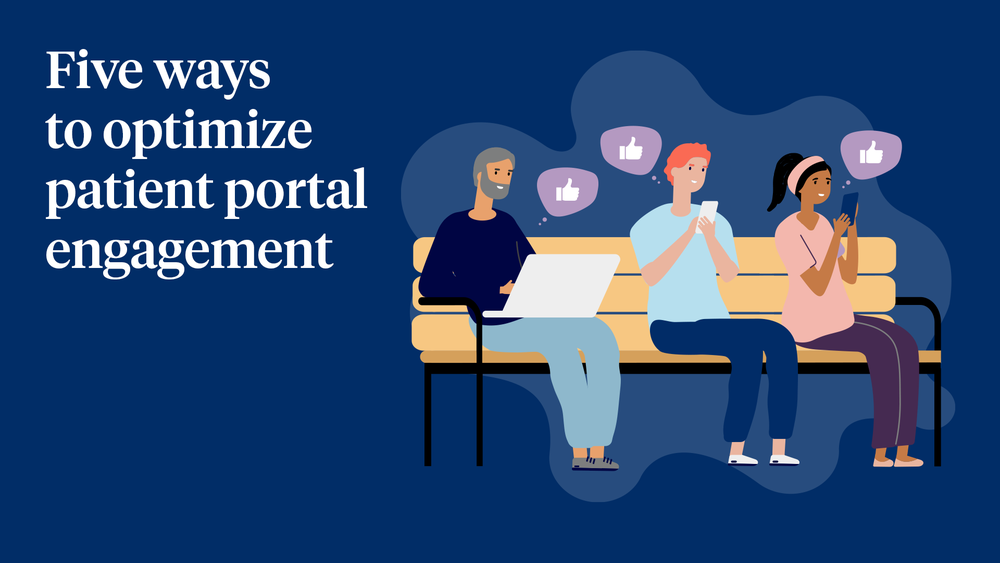COVID-19 has heightened the need to minimize physical interaction and facilitate contactless engagement, massively accelerating innovation roadmaps and the need to develop new ways of digitizing patient touchpoints.
But a key task of modern healthcare providers is to prioritize what will make the biggest positive impact on the patient journey; with so many options available within and across various product categories, what will give you the biggest bang for your buck?
To identify, prioritize and select a third-party app that will markedly improve digital patient engagement, every provider should consider five key factors before making a decision.
Gains beyond the product feature set
Enterprise sales teams have long used feature checklists to objectively review product functionality to compare and contrast alternatives. But evaluation based on feature sets fails to capture intangibles like usability and accessibility, which we know can have an outsized impact on patient engagement.
Building a seamless digital experience
A common and frequently legitimate criticism of a strategy that augments EHR capability with third-party apps is that the patient experience feels disjointed and fragmented. Nobody wants to use multiple different apps to schedule their appointments, confirm upcoming visits, complete registration paperwork and pay bills. When patients must interact with multiple interfaces, minimize friction that gets in the way of goals.
Personalizing the patient experience
While the healthcare industry is laden with digital transformation buzzwords (AI, machine learning, predictive analytics, etc.), you can cut through the jargon by asking a simple question: (how) will these would-be bells and whistles personalize the patient experience?
Implementation efficiency
Implementations have undoubtedly become streamlined in recent years through APIs and third-party app ecosystems, but EHR integration and data interoperability continue to be a major challenge for providers and digital health vendors alike. You want a dependable implementation done right the first time, but you also want to understand what the technical lift looks like for your team.
Continuous value
Any significant investment in your digital front door strategy should be future-proof. Consequently, you need to be completely aligned with vendor strategy as you invest in your overall vision. Why? Even the “best laid plans” of product roadmaps quickly become obsolete as resource capacity, budget, external events and competitive pressures shift priorities.



